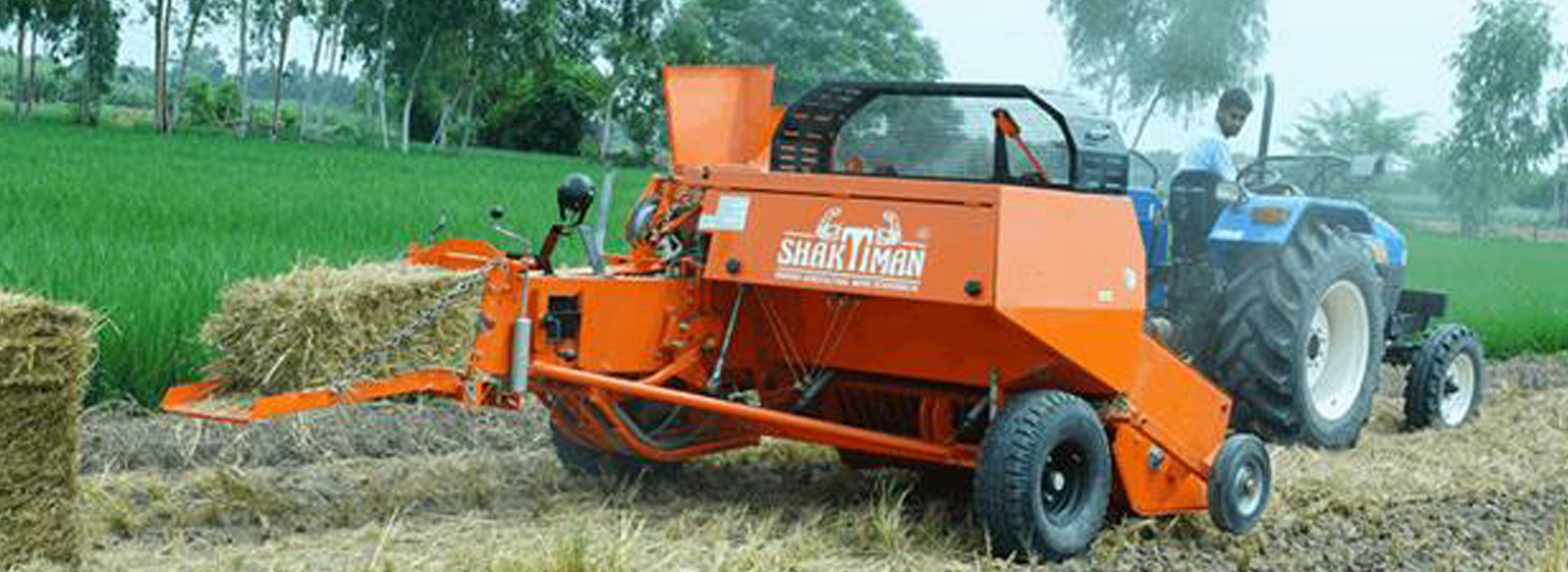- Case Description
- Operational details
- Financial details
- Impact
- Innovation
- About Pioneer
- Geography
Case Description
The massive quantities of rice straw burnt across Punjab, Haryana, and Uttar Pradesh in October and November every year contributes significantly to peak air pollution episodes across northern India.
This biomass has a variety of applications, most popular being in-situ management which provides several benefits such as soil conservation, reduction in soil sheet erosion, reduction in nonpoint pollution, retention of soil organic matter, and improvement of soil quality. However, in-situ biomass management has its limitations, field studies of CII-CABL indicate that approximately one-third of farmers find it difficult to rely entirely on in-situ methods. This makes it necessary to scale ex-situ solutions and the accompanying supply chains. Price fluctuations and unsteady supply hamper the nascent rice straw conversion technologies from gaining momentum. As the rice harvesting period lasts only 15-20 days, interim storage at rural locations is crucial for the uninterrupted supply of biomass to user entities. These include industrial boilers, conversion facilities for solid fuel pellets, bio-CNG plants, among others.
Straw aggregation is a business yet to be scaled as a lucrative business model in rural areas. Aggregation is the backbone of the any ex-situ biomass management ecosystem. Handful credible enterprises working at scale, such as Farm2Energy whose business model is being showcased here, have demonstrated successful aggregation models across Punjab and Haryana.
The key steps involved in the straw aggregation process are:
1. Collection from the field (raking and baling)
2. Transportation from the field using tractor-pulled trolleys
3. Stacking and interim storage at the rural straw banks set up by aggregator agencies in the
proximity of their catchment area (within 5-10 kilometers of central location)
4. Final transportation of baled straw to user facilities using trucks
Operational details
- Typical rural straw bank store between 1000 to 100,000 tonnes of biomass in the form of bales with 1 acre land required to store 800-1000 tonnes of baled biomass
- Estimated 100-1000 such straw banks will be required assuming one third of rice straw under ex-situ methods across Punjab and Haryana
Financial details
For building a biomass aggregation business with rural straw bank’s capacity of 60,000 tonnes of rice straw in a season.
- Capital Expenditure (CAPEX): INR 4.5 crore
- Operational Expenditure (OPEX):20-30% of CAPEX
- Payback Period: 4.4 Years (CII CABL (2021) Analysis)
- Internal Rate of Return (IRR): 18% (CII CABL (2021) Analysis)
Impact
- Aggregation of 1 tonne of biomass saves almost 5.6 kg of PM10, 5.1 kg of PM2.5, 1.32 tonnes of CO2e emissions and 91.81kg of gases emissions from entering directly into the environment
- Each such facility in rural location will generate green jobs for almost 60-80 skilled operators
Innovation
It is a highly specialised business requiring experiential knowledge of best practices in collecting, baling, stacking, storing, and transporting the biomass to meet user requirements. Farm2Energy working on straw aggregation from past six years have developed best practices which includes-
- Maintaining optimal moisture level before baling chopped straw
- Applying appropriate compression force on the different layers of the bale
- Proper stacking with criss-cross layers and pyramid forms for round bales
- Maintaining a safe distance between rows for proper access and shielding from the risk of fire.
The above considerations are essential to minimise biomass degradation (from rainwater seepage, microbial activity etc.), and the risk of fires during storage.
Geography
Village: Haryana and Punjab




